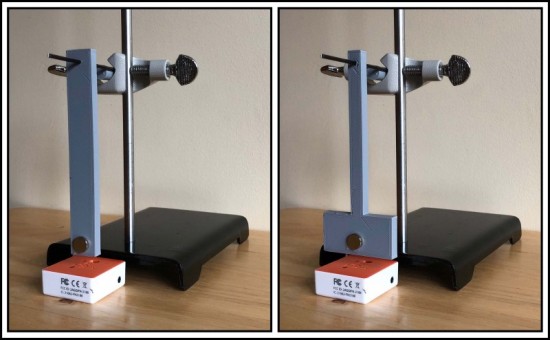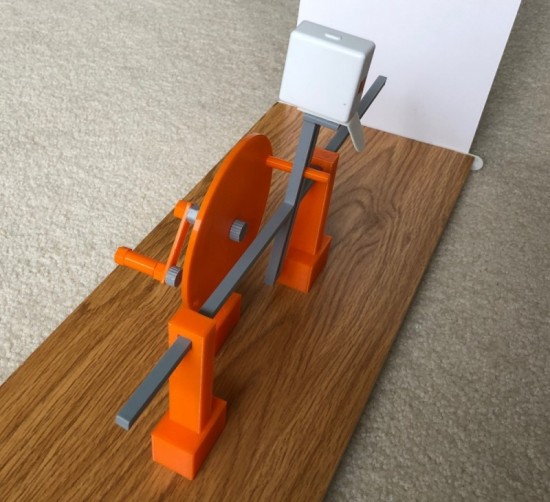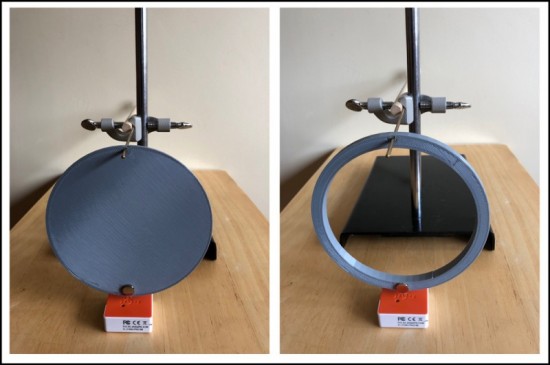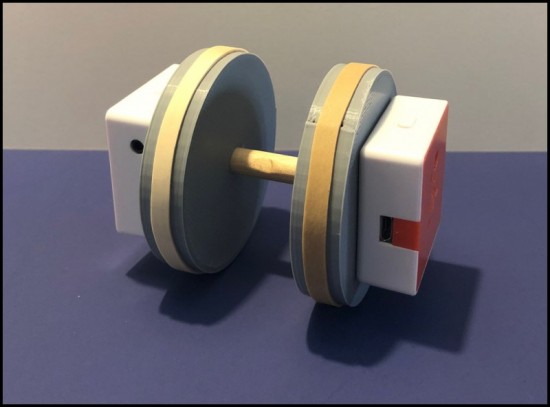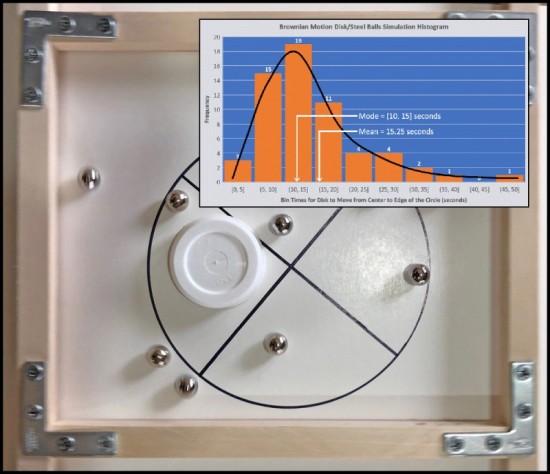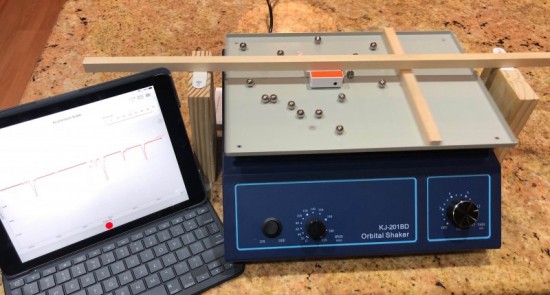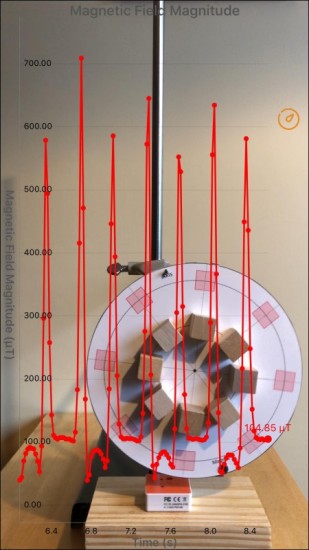Physics Galore with the PocketLab Swing
The PocketLab Voyager Swing
The PocketLab Voyager swing, 3D printable from the accompanying .STL file, offers your physics students a way to study a plethora of physics concepts in a single experiment. Figure 1 shows a closeup up the swing, approximately 5½ inches tall, 1¾ inches wide, and 1¾ inches deep.


